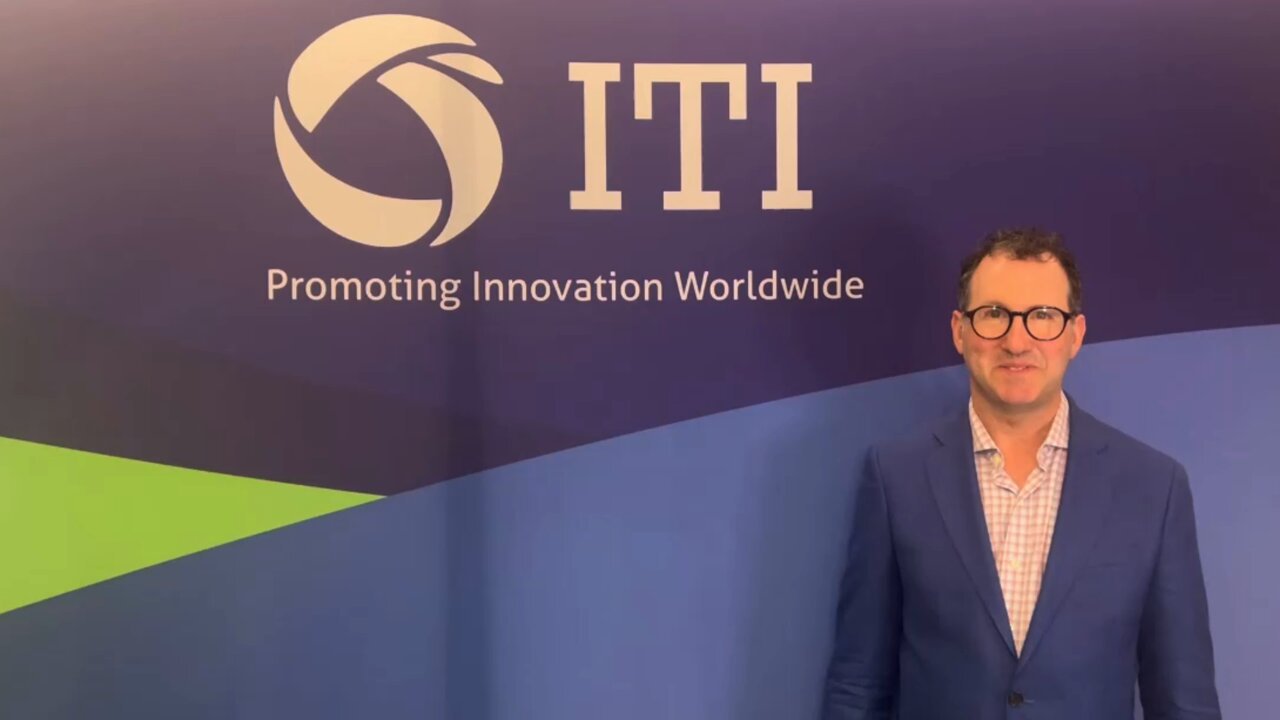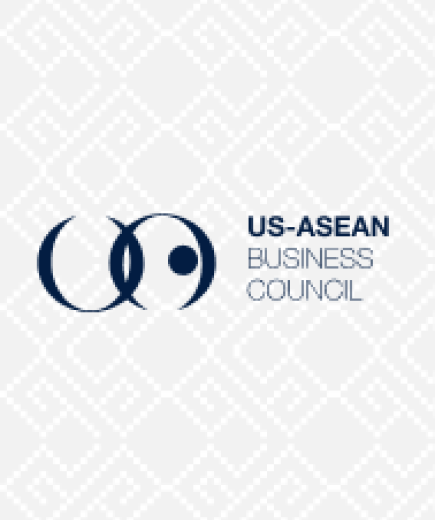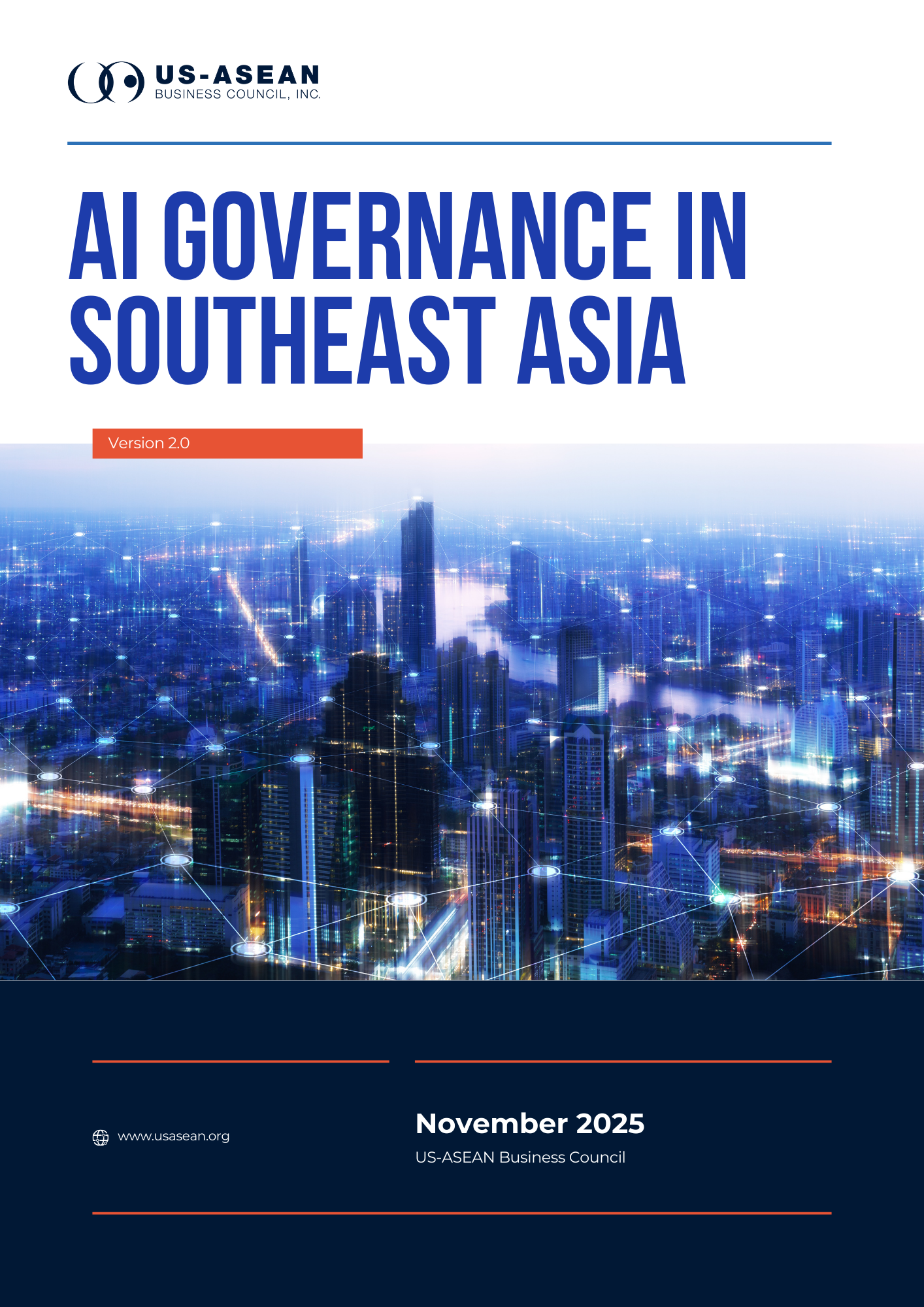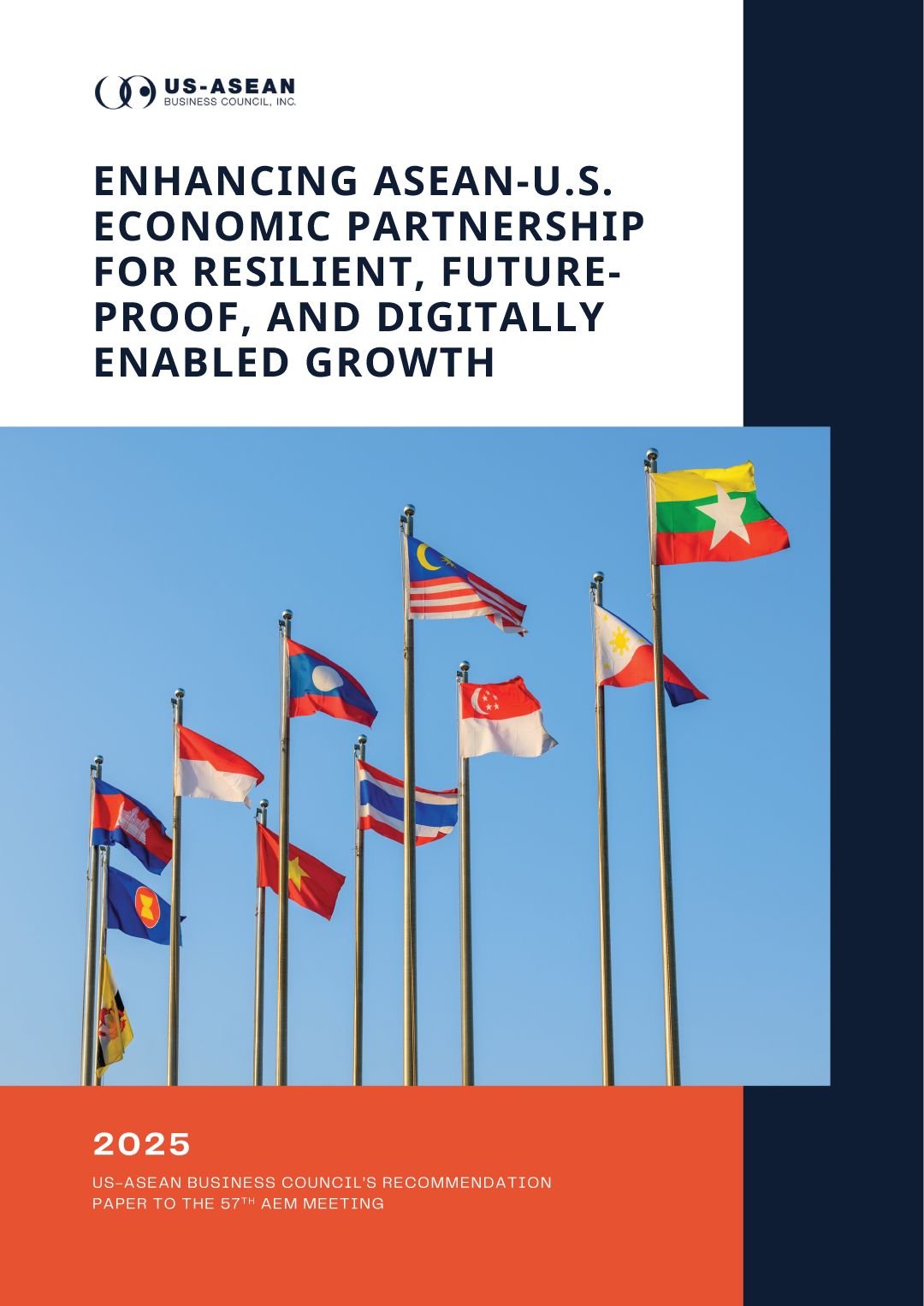Seizing ASEAN's Digital Economy Potential

Following a recent trip to Northeast and Southeast Asia, ITI President and CEO Jason Oxman underscored the potential for the region to seize on becoming much more prominent players in the ICT supply chain. Despite private sector efforts to better diversify supply chains, Oxman cautions that there is a limit to the amount of capital stakeholders are willing to invest without a more conducive business ecosystem.
As China has recently taken several steps to decrease some of its onerous regulations and offer new incentives, the environment for foreign investment has become increasingly competitive. Although several Southeast Asian countries have begun pursuing ambitious national digital transformation initiatives (e.g., Golden Indonesia 2045 Vision, Vietnam’s National Digital Transformation Program), significant regulatory hurdles (e.g., data localization, import tariffs barriers, investment barriers, and other constraints. Furthermore, new draft laws and regulations in the region often remain quite market-specific, rather than aiming to align with international standards and best practices, impeding efforts for greater policy harmonization and interoperability and creating higher costs for market entry. As Southeast Asian countries pursue ambitious digitalization strategies and aim to become major players in the global technology industry, it remains critical for the private sector to continue engaging in dialogue with policymakers to support sustainable growth and innovation in the region.






![Cover-[USABC-Final]-Driving-ASEAN-Unity-Malaysia's-Vision-for-2025](/sites/default/files/2025-07/Cover-%5BUSABC-Final%5D-Driving-ASEAN-Unity-Malaysia%27s-Vision-for-2025.jpg)


